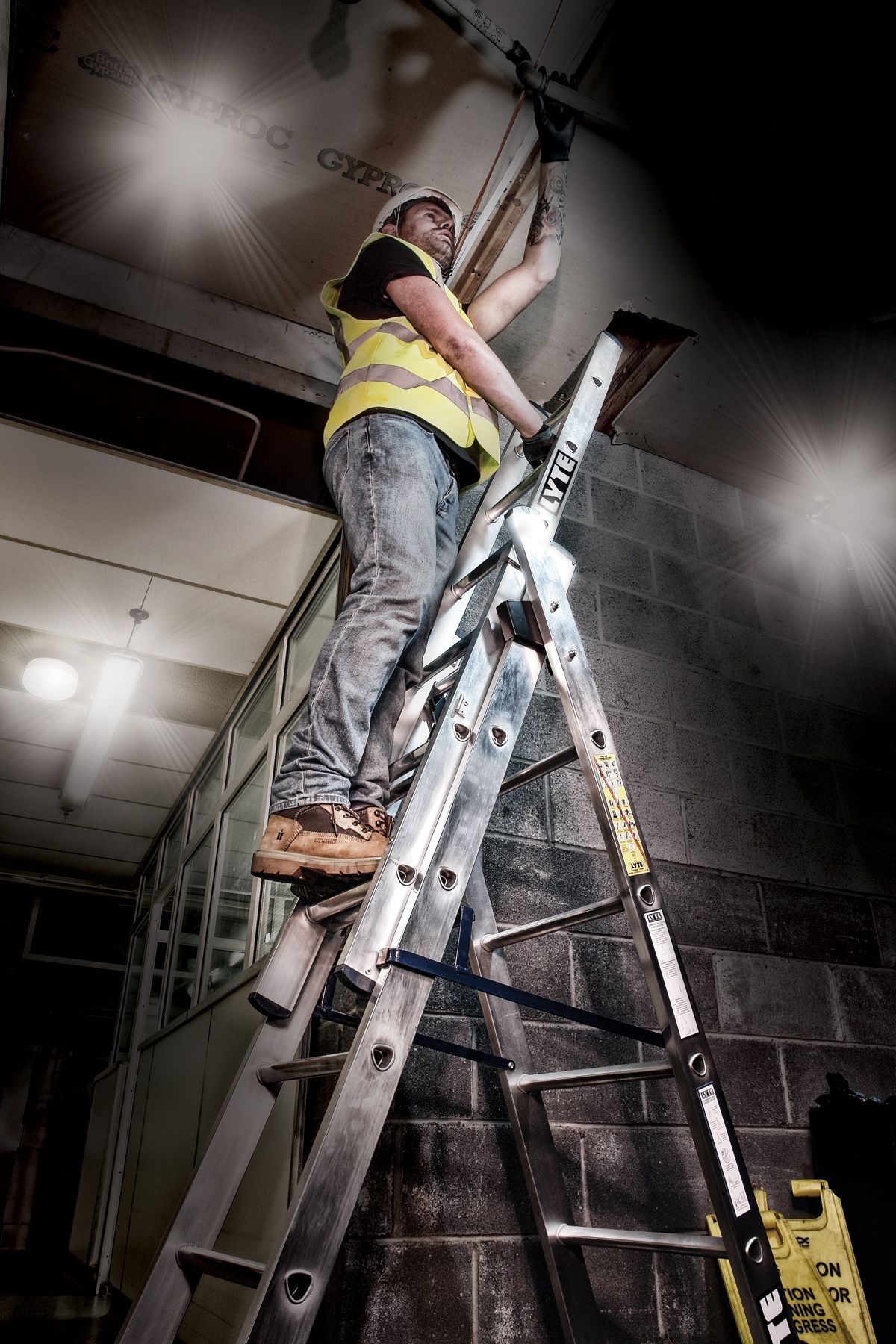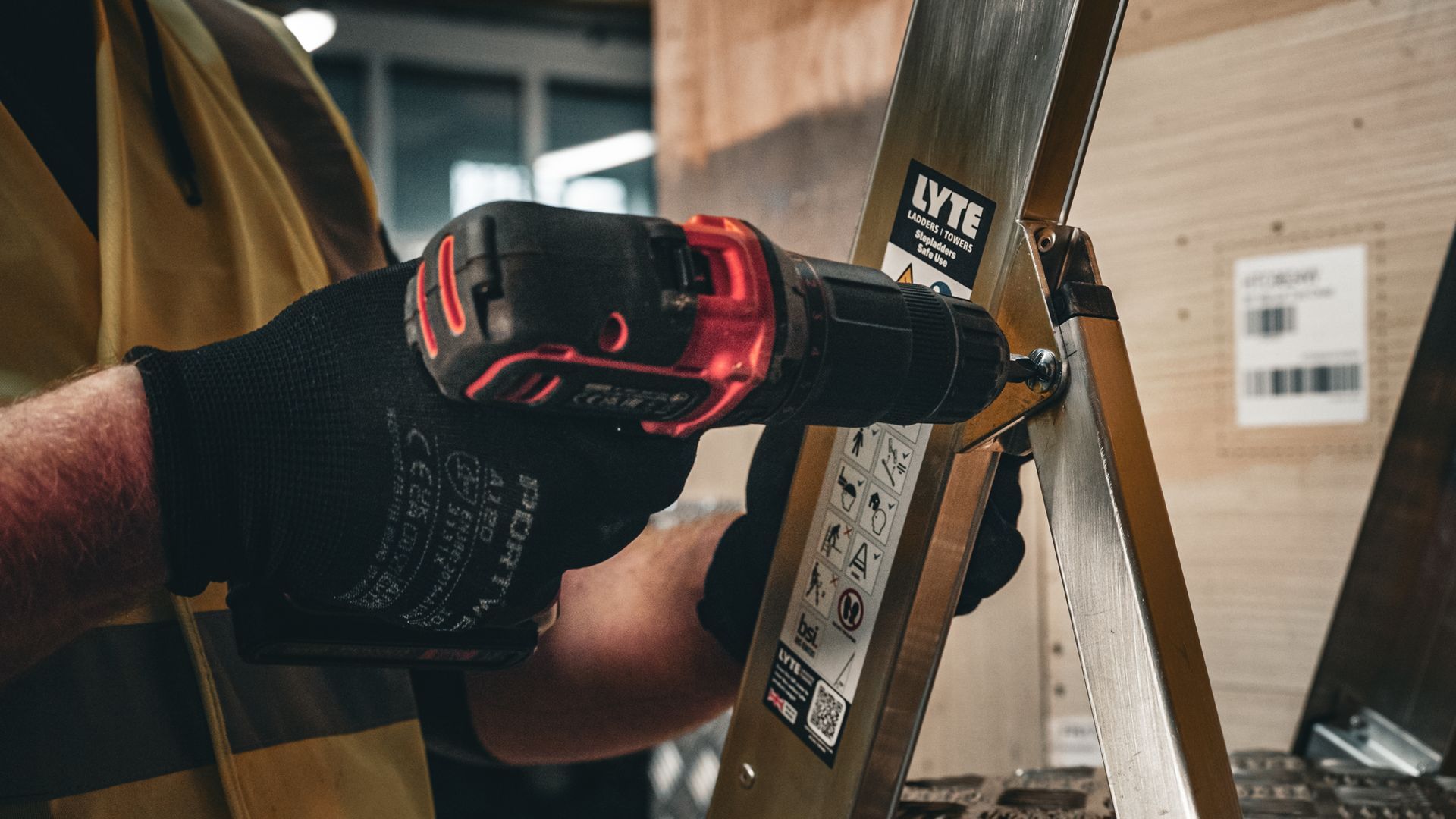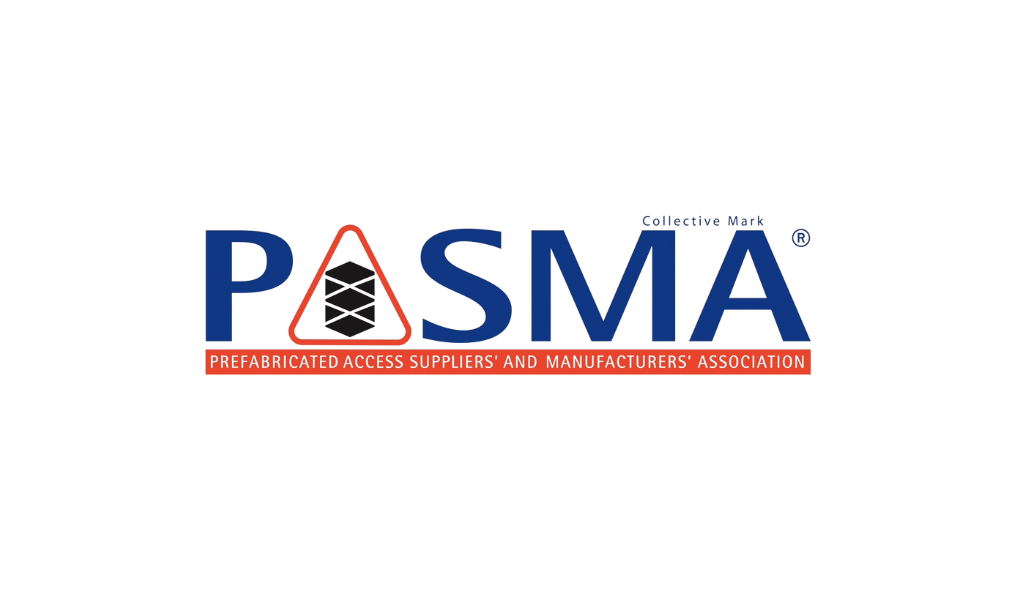The Environmental Benefits of Repairable Products at Lyte Ladders
In a world where sustainability is becoming increasingly important, the concept of repairable products is gaining momentum. At Lyte Ladders, we are proud to offer a range of products that can be repaired, extending their lifespan and significantly reducing their environmental impact. By choosing products that can be repaired rather than replaced, you help reduce waste, conserve resources, and minimise your carbon footprint.
Benefits of Repairable Products
- Extended Product Lifespan: Repairable products are designed with durability in mind. When a part wears out or breaks, it can be replaced, allowing the product to continue serving its purpose for many more years. This not only saves you money but also reduces the demand for new products, which in turn conserves resources and energy.
- Reduced Waste: By repairing products instead of discarding them, we significantly reduce the amount of waste that ends up in landfills. This is crucial for reducing environmental pollution and conserving landfill space, which is becoming increasingly scarce.
- Lower Carbon Footprint: Manufacturing new products typically involves high energy consumption and carbon emissions. By extending the life of a product through repair, you reduce the need for new manufacturing, thereby lowering your overall carbon footprint.
Lyte Ladders’ Commitment to Repairability
At Lyte Ladders, we believe in the importance of sustainability, which is why we offer a wide range of repairable products. Our ladders and access equipment are built to last, but when repairs are needed, we provide the necessary parts and guidance to keep your products in top condition.
We’ve made it easy for our customers to maintain and repair their Lyte products with our comprehensive Lyte Repair Guide. This guide offers step-by-step instructions on how to identify and replace parts, ensuring your ladder or access equipment continues to perform reliably.
How to Use the Lyte Repair Guide
Our Lyte Repair Guide is designed to be user-friendly, providing clear instructions and illustrations for repairing a variety of our products. Here’s how you can make the most of it:
- Identify the Issue: Start by identifying the part that needs repair or replacement. The guide includes detailed diagrams and descriptions to help you pinpoint the problem.
- Order Replacement Parts: Once you know what needs fixing, you can order the appropriate replacement parts directly through our customer service team.
- Follow the Repair Instructions: The guide provides step-by-step instructions for disassembling and reassembling parts, ensuring the repair process is straightforward and stress-free.
Join Us in Promoting Sustainability
By choosing repairable products from Lyte Ladders, you are making a conscious decision to support sustainability and reduce your environmental impact. We encourage you to explore our Lyte Repair Guide and take advantage of the benefits that come with extending the life of your products.
Let’s work together to create a more sustainable future, one repair at a time.
#Sustainability #RepairableProducts #LyteLadders #EnvironmentalImpact #GreenLiving #EcoFriendly #WasteReduction #RepairGuide #UKManufacturing









